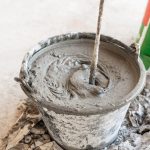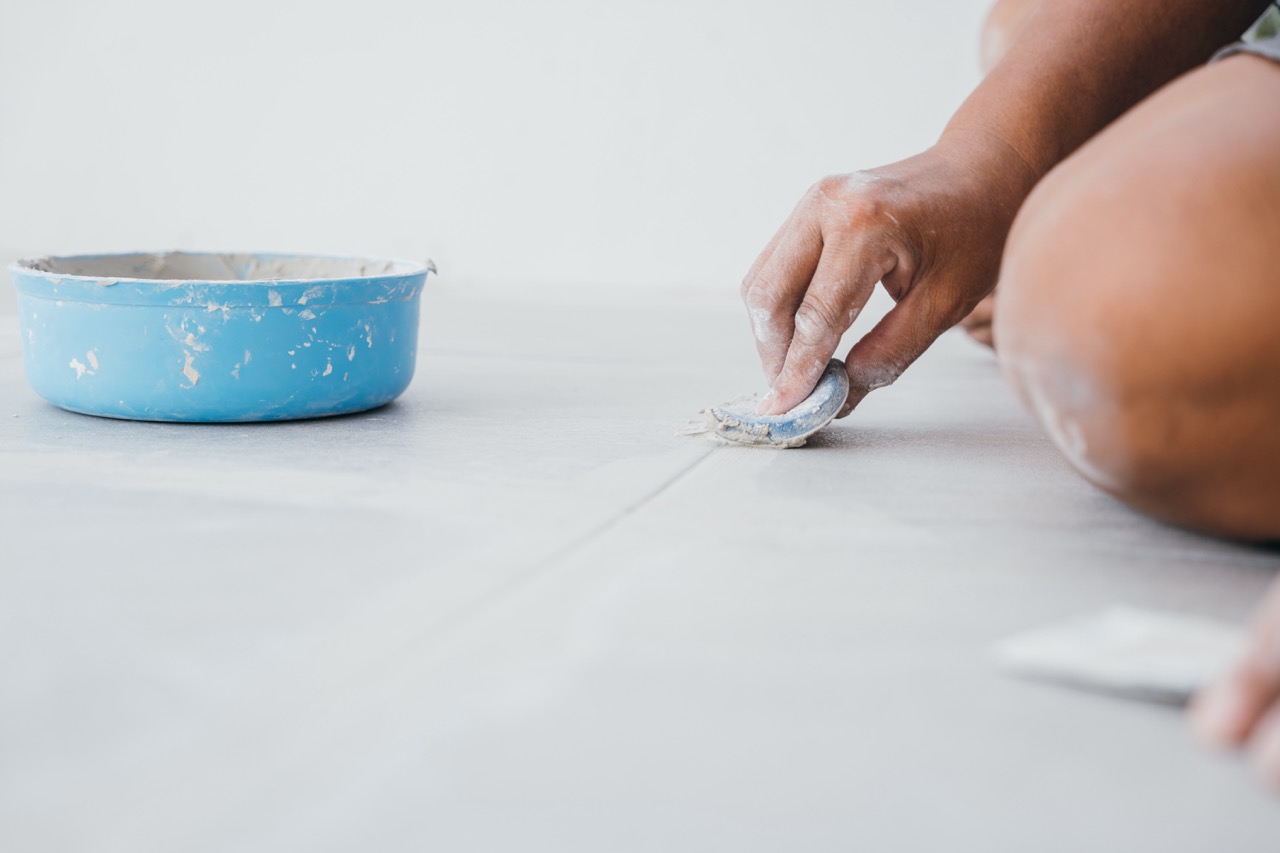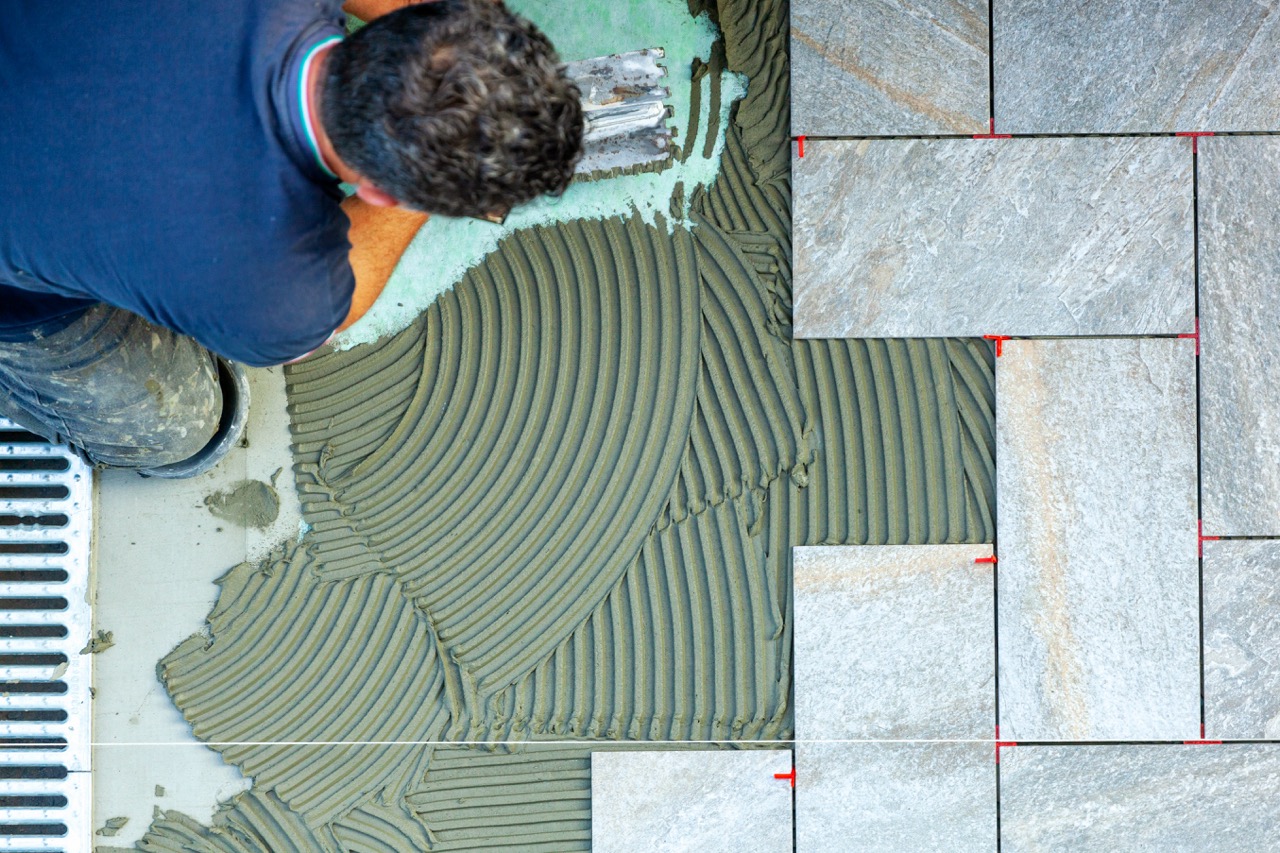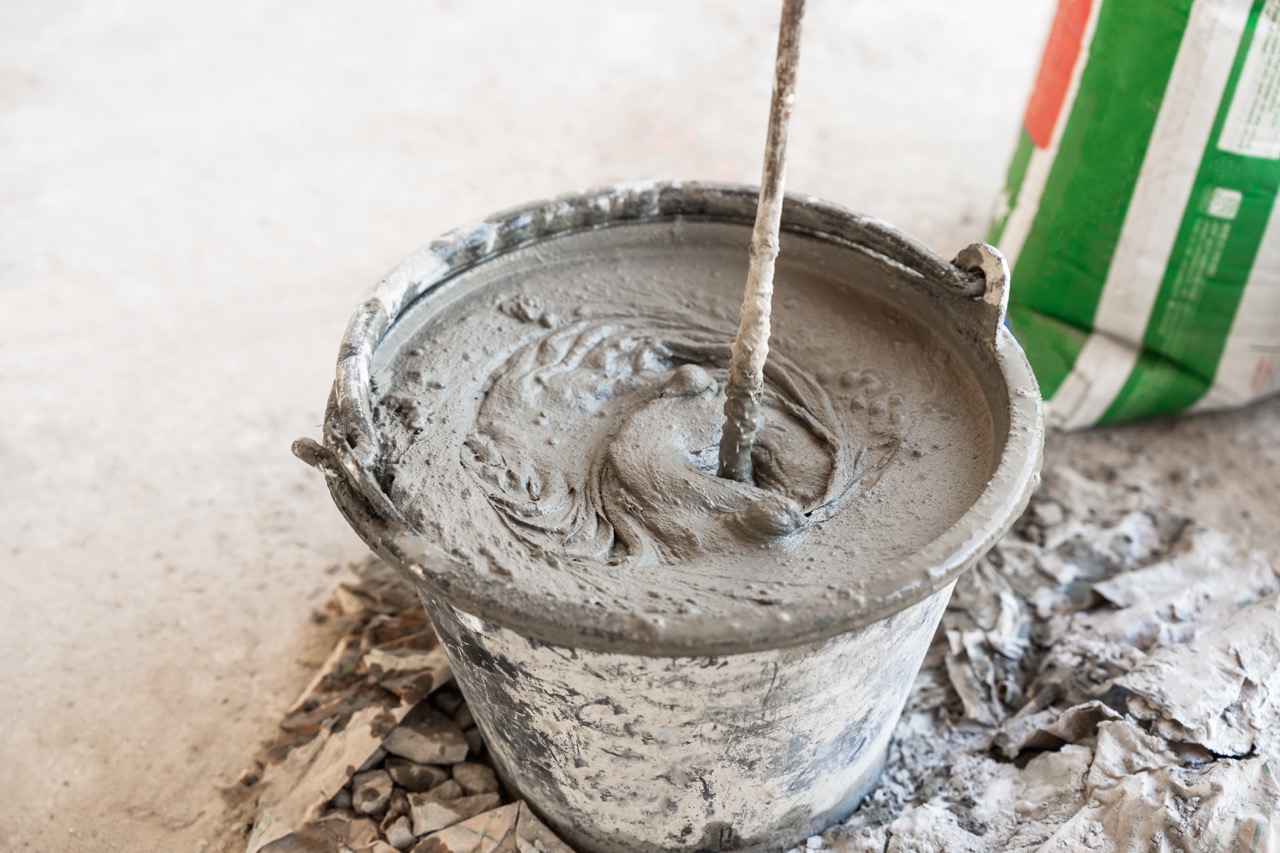When tile grout starts to look dingy, stained, or worn, it can make an otherwise beautiful kitchen or bathroom look neglected. Many homeowners reach for grout pens as a quick and affordable way to refresh those lines, while others consider the more labor-intensive route of fully regrouting. Both options have their place, but understanding the difference is key before diving in. Grout pens may give tiles a temporary facelift, but regrouting goes deeper, restoring both appearance and durability.
Grout Pens Offer Quick Fixes But Not Lasting Results
Grout pens are appealing because they’re simple to use; you simply draw over dingy grout, and almost instantly, the tiles look refreshed. For landlords preparing a rental unit or homeowners staging their property, this fast fix makes sense. The pens are also inexpensive, widely available, and require no special tools—making them perfect for DIY beginners.
However, the results don’t typically last very long. Since the pen only coats the surface, it tends to fade, chip, or wear away with regular cleaning or foot traffic. High-moisture areas like bathrooms may see the color wash out within weeks. This means homeowners may find themselves reapplying frequently, which can become frustrating and more expensive in the long run.
Additionally, grout pens do little to fix underlying problems. If the grout is crumbling, moldy, or deeply stained, simply covering it won’t solve those issues. Instead, they may mask them temporarily, delaying the inevitable need for more extensive repair. This is why grout pens are often best used as a stopgap rather than a long-term solution.
Why Surface Coloring Can’t Replace Deep Cleaning
Grout pens essentially paint over discolored grout, but they don’t actually clean it. Dirt, mildew, and soap scum trapped beneath the surface can continue to grow and even push through the coating. In some cases, the fresh color may highlight cracks or uneven texture, making the grout lines look more artificial than intended.
Unlike true deep cleaning methods, such as scrubbing with a specialized grout cleaner or using steam, grout pens can’t remove embedded stains or bacteria. They’re cosmetic, not corrective. For homeowners trying to improve hygiene in kitchens or bathrooms, counting on pens alone means leaving invisible buildup untouched. That can have implications not only for appearance but also for long-term maintenance of the tiles themselves.
Over time, applying a surface-level color coat won’t prevent grout from deteriorating. Once grout has started to erode, moisture seeps behind tiles, and the grout pen becomes an ineffective cover-up. Cleaning and sealing do more to preserve grout’s integrity, but when damage is already advanced, regrouting remains the only real fix.
The Hidden Benefits of Fully Regrouting Your Tiles
Regrouting may sound intimidating, but it restores grout from the ground up—removing worn material and replacing it with fresh, durable grout. This eliminates stains, cracks, and mold rather than simply disguising them. With new grout in place, tiles not only look brighter but also regain the protective barrier that keeps moisture out.
Another benefit of regrouting is longevity. Unlike grout pens that require ongoing touch-ups, freshly applied grout can last decades with proper care. For homeowners planning to stay in their property long-term, this investment pays off in both durability and peace of mind. It may involve more initial effort, but the payoff is significantly greater.
What many don’t realize is that regrouting adds property value, too. A well-maintained bathroom or kitchen is a strong selling point. Buyers and renters notice the difference between a truly refreshed tile job and one that has been colored in with a temporary fix. For those serious about maintaining their home, regrouting sets the space apart.
Choosing Between Short-Term Touch Ups and True Repair
Grout pens have their merits when used strategically. If you’re on a tight budget, want a quick improvement before guests arrive, or are renting and can’t make permanent changes, they can provide a short-term boost. They also let homeowners test out different grout colors without committing to a full tile renovation.
That said, grout pens shouldn’t replace essential maintenance or repairs when the grout is failing. If your grout is cracked, flaking, or harboring mold, it’s better to bite the bullet and regrout. While it requires more effort up front, it ensures a cleaner, safer, and longer-lasting result that grout pens simply can’t achieve.
Ultimately, the choice comes down to your goals. If you need a temporary touch-up, grout pens are fine. But if you want tiles that look fresh for years, protect against water damage, and improve the overall health of your space, regrouting is the smarter investment.
Grout pens are like makeup for your grout—quick to apply, instantly refreshing, but never a true replacement for the real work of restoration. They serve a purpose for small touch-ups and budget-friendly refreshes, but when it comes to tackling deeper stains, structural issues, or long-term durability, regrouting stands far above. By understanding where grout pens shine and where they fall short, homeowners can make a smarter choice between a cosmetic fix and a lasting solution. Your tiles—and your future self—will thank you.







